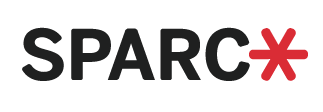

Teachers
Teachers are the linchpin to implementing effective learning environments. Many teacher leaders have embraced technology tools and resources in the classroom similar to how they have adopted these tools in their personal lives and professional learning opportunities. These teachers recognize that leveraging technology tools and resources is essential for all careers from clerks to mechanics to artists to engineers to physicians – all professions are expected to understand and implement technology tools and resources. As teachers transition to digital learning, there is a need to re-establish classroom routines, change lesson planning and student activities and shift expectations to best meet the needs of all students.
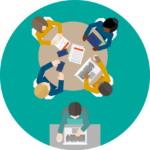 What resources can help teachers implement digital learning in their classrooms?
What resources can help teachers implement digital learning in their classrooms?
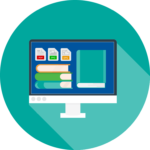 With so many digital instructional materials and resources on the internet, how do teachers select quality materials?
With so many digital instructional materials and resources on the internet, how do teachers select quality materials?
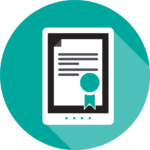 How can teachers help ensure that students use digital tools safely and responsibly?
How can teachers help ensure that students use digital tools safely and responsibly?
Reimagining Classrooms: Teachers as Learners and Students as Leaders
Kayla Delzer speaks about her mission to revitalize learning and the classroom environment. Kayla explains how to release the power in the classroom by giving students ownership of their learning and making it relevant to them.
Resources
Guide to Quality Instructional Materials
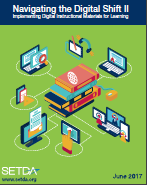
Navigating the Digital Shift II: Implementing Digital Instructional Materials for Learning.
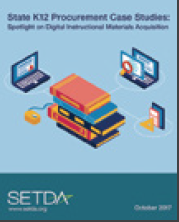
State K12 Procurement Case Studies: Spotlight on Digital Materials Acquisition
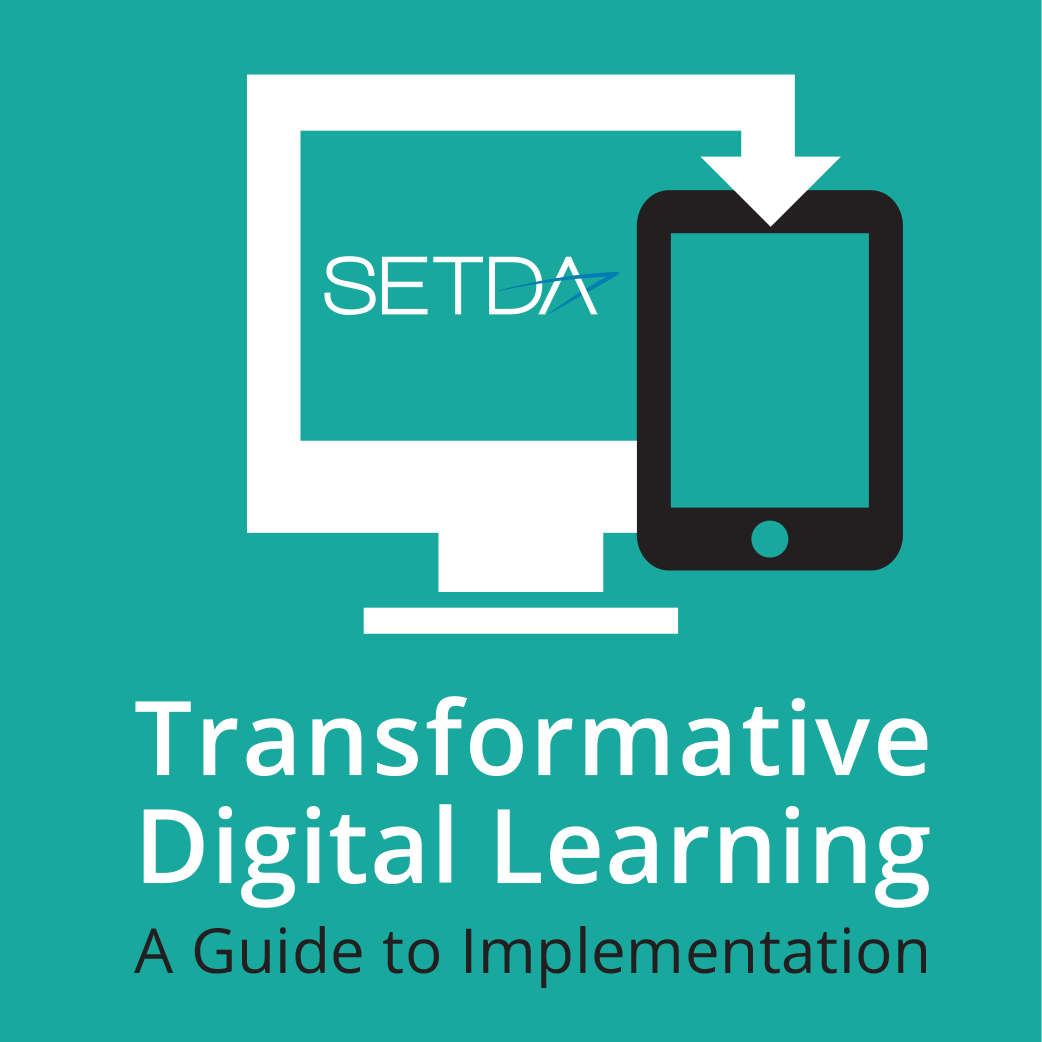
Transformative Digital Learning
National Repositories

Vetted Apps for Students by Grade Level
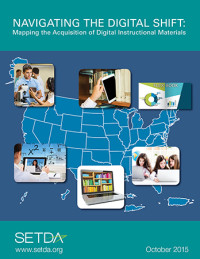
State Vetted Digital Learning Repositories
Accessibility
With the shift from print to digital, education leaders must proactively consider the accessibility of digital resources for all students, including students with disabilities.If accessibility features are not designed into digital materials, it will be difficult or impossible for some students to use them due to a range of physical, sensory and/or cognitive disabilities. If materials cannot be used by these students, their ability to learn and achieve will be adversely effected.
As required by federal statutes, including IDEA and civil rights legislation, state and local education agencies must ensure that students who need accessible materials and technologies receive them in a timely manner. Timely manner is generally defined as “at the same time other students receive their materials.
SETDA recommends that states and districts meet federal requirements by including accessibility in policies regarding the development, distribution/sharing and use of digital materials and technologies to improve the learning experiences of ALL students. Policies should include:
- Establishing a clear vision for the use of accessible digital learning materials and communicating that vision to relevant stakeholders, including content creators and content users.
- Ensuring digital materials procured from commercial and free sources meet accessibility standards, such as WCAG 2.0 (minimum level AA compliance) and Section 508 of the Rehabilitation Act.
- Supporting the development and use of accessible open educational resources to maximize flexibility
- Requiring that customization options be available for educators to personalize learning and meet individual student needs.
- Providing educators with professional learning opportunities on the proper use of accessible educational materials.
- Ensuring that educators have access to online repositories of quality accessible digital content.
- Investing in research and evaluation to assess the impact of accessible digital learning materials on student achievement and engagement and to share best practices
- Investing in research and evaluation to assess the impact of accessible digital learning materials on student achievement and engagement and to share best practices.
Key Definitions
Accessible educational materials (AEM) are print- and technology-based educational materials, including printed and electronic textbooks and related core materials that are designed or enhanced in a way that makes them usable across the widest range of learner variability, regardless of format (e.g. print, digital, graphic, audio, video). IDEA (Individuals with Disabilities Education Act) specifically focuses on the provision of accessible print instructional materials in the specialized formats of braille, large print, audio, and digital text to students who need them in a timely manner. WCAG (Web Content Accessibility Guidelines) provides a wide range of recommendations for making web content more accessible for people with disabilities and more usable in general.- 1
- 2

